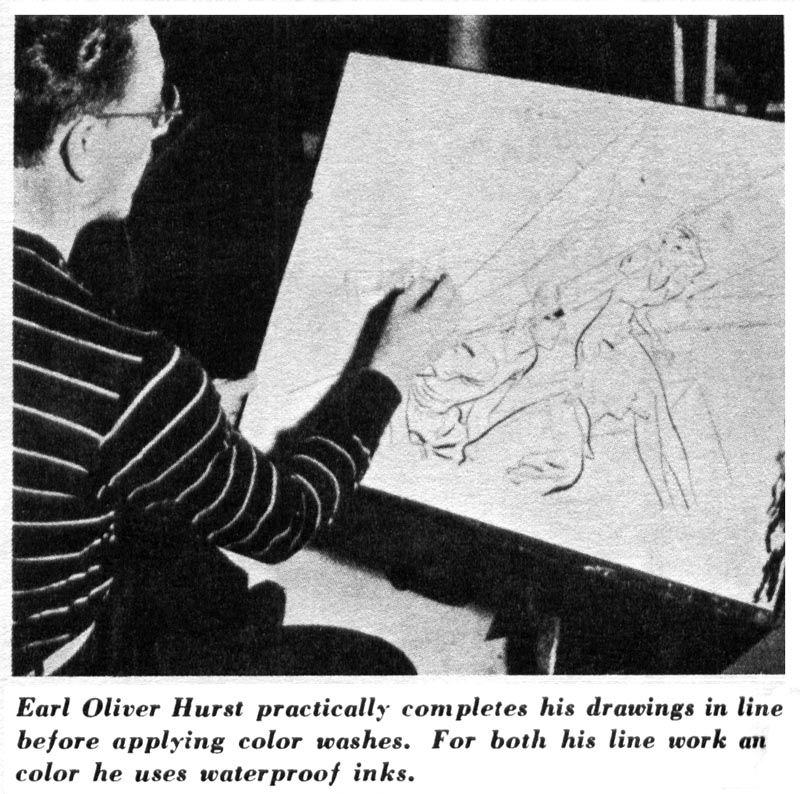
A swift, undulating, lively brushstroke is the essence of every Hurst illustration. After an hour or two of pencil studies, Hurst could execute that finished line art in no time at all.
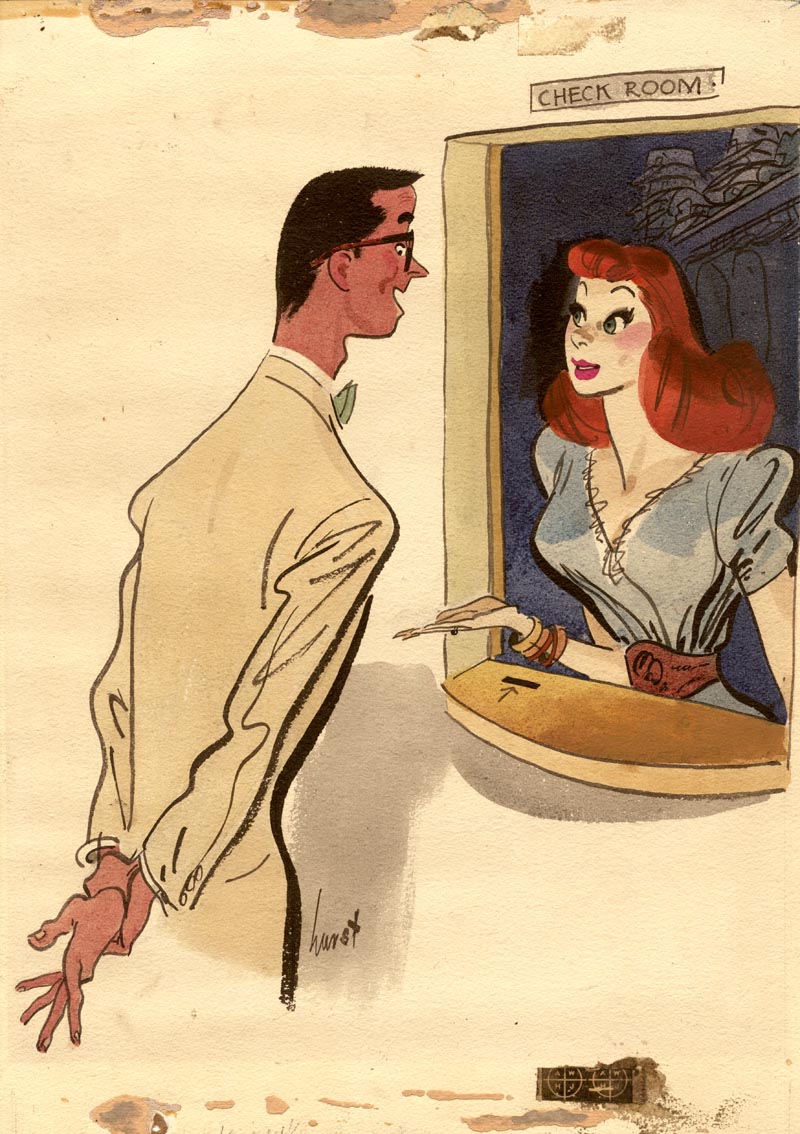
Hurst was not opposed to using a camera and models for reference shots, but had a policy of shooting only after much initial pencil sketching and even then, only using "parts of the action" captured by the camera.
Hurst said "Before I ever use a model, my drawing is nearly complete, and until the work is down on illustration board, well-composed and designed, I keep models away."
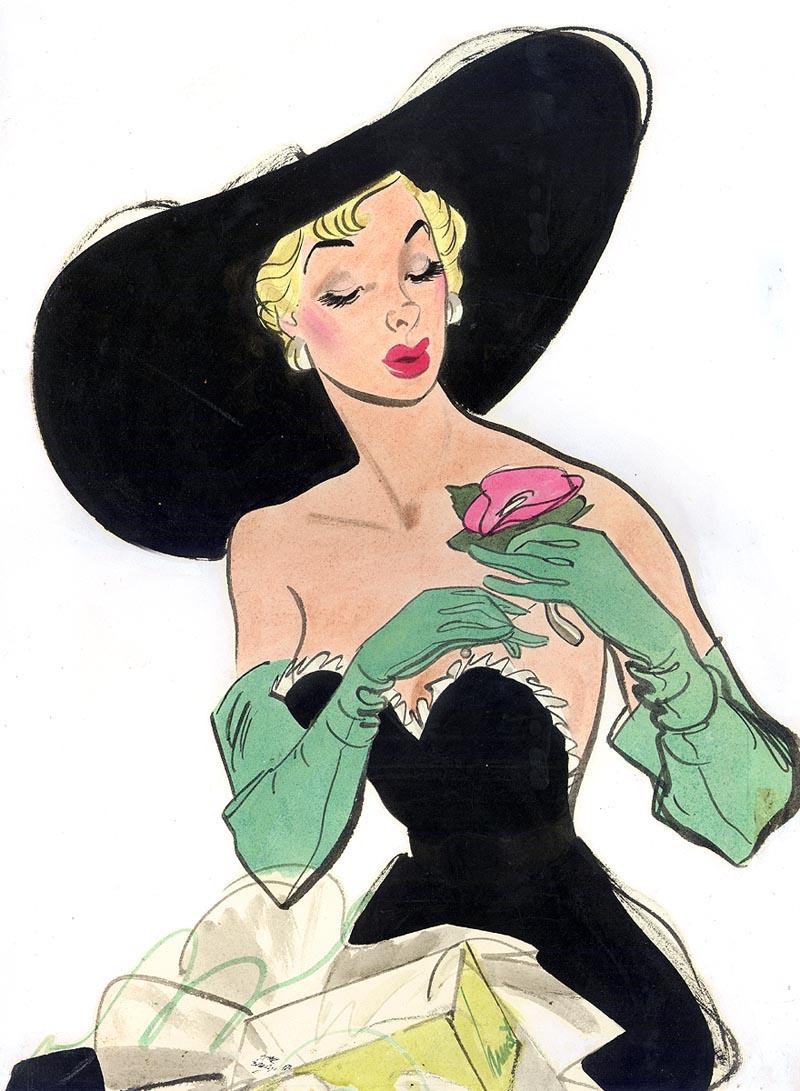
First impressions, as Hurst called it, was an essential part of his process. "In all cases," said Hurst, "I first put down on the board, even if not very convincingly, my first impressions and the arrangements of the entire composition."
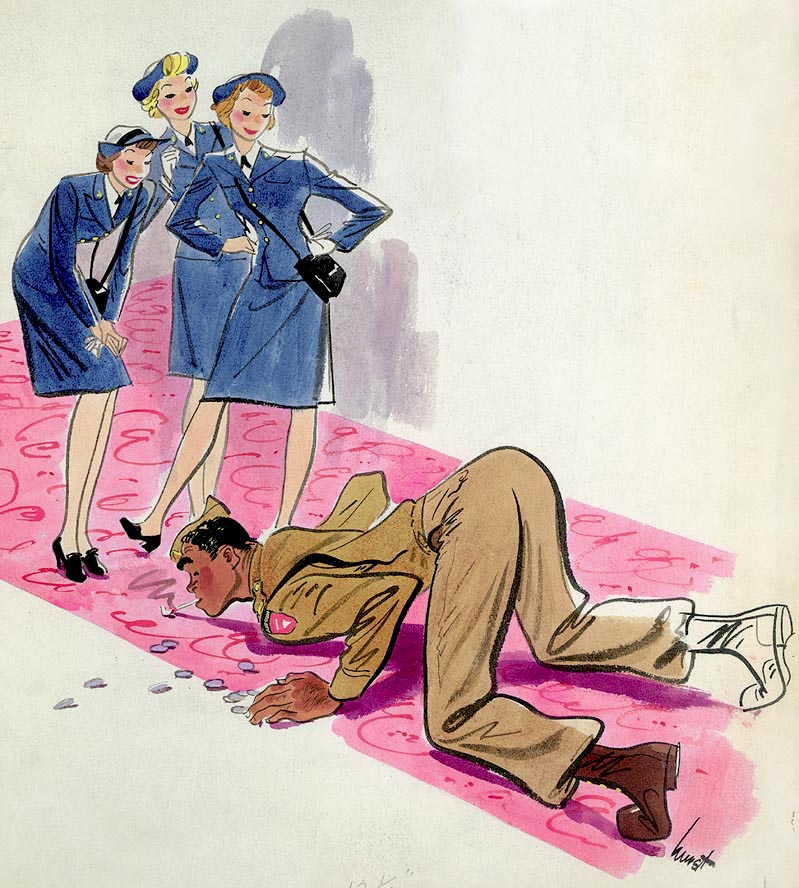
"In this way I believe it possible for the designer or artist that is in one to control the situation."
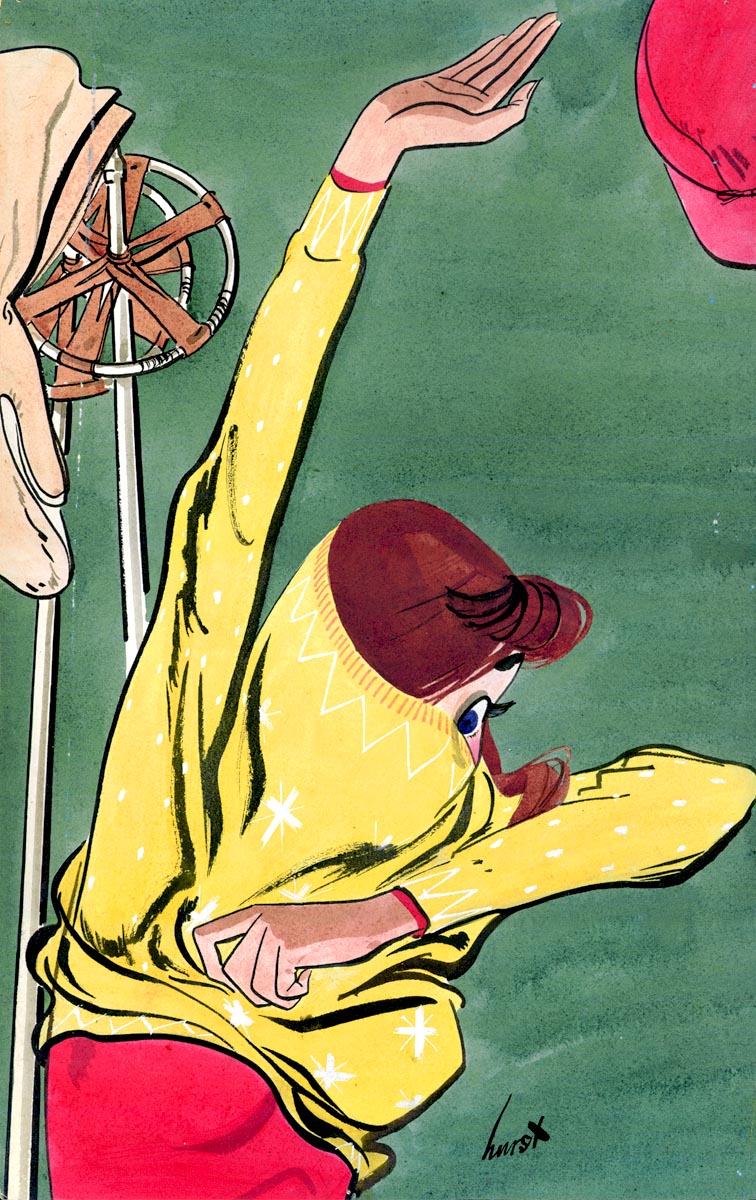
"It is so easy to be controlled by a photograph, with all its detailed, interesting information, which may or may not have one particle of good design in it."
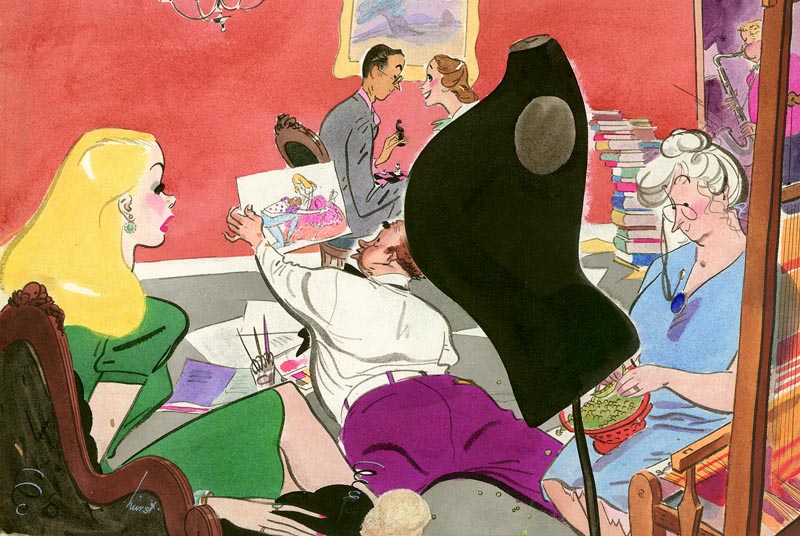
* Many thanks to Bill Wray, who provided all of today's scans of various earl Oliver Hurst originals.
* My Earl Oliver Hurst Flickr set.
Scans...of originals? Gaaaah...
ReplyDeleteGoes without saying-beautiful stuff and really wonderful to read something of his working methods. Thanks!
Just great and priceless advice!
ReplyDeleteDitto!
ReplyDeleteFirst class advice. No way could you get to this incredible appearance of economy of means without a lot of "process". Nice to know he used models when necessary. Such beauty and design.
ReplyDeleteso beautifullll!!!!
ReplyDelete